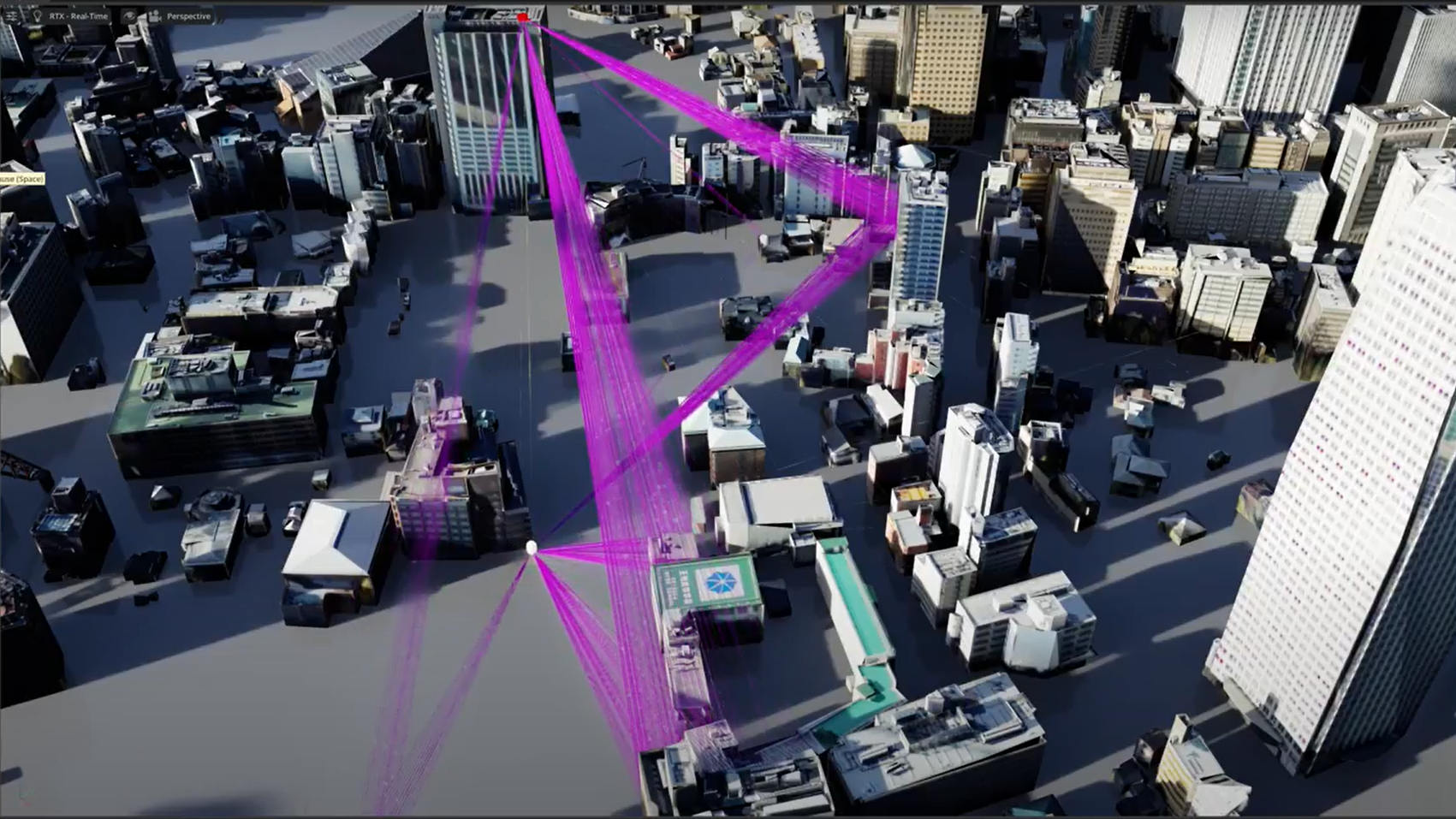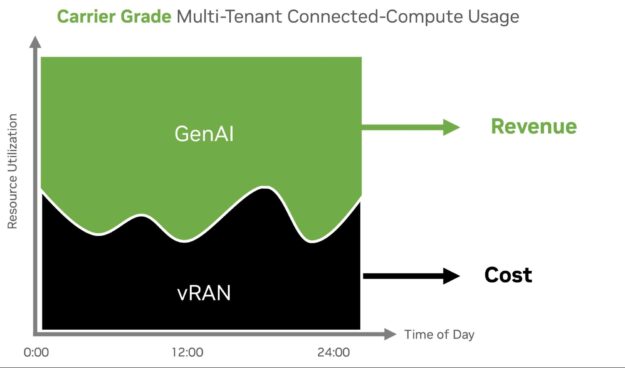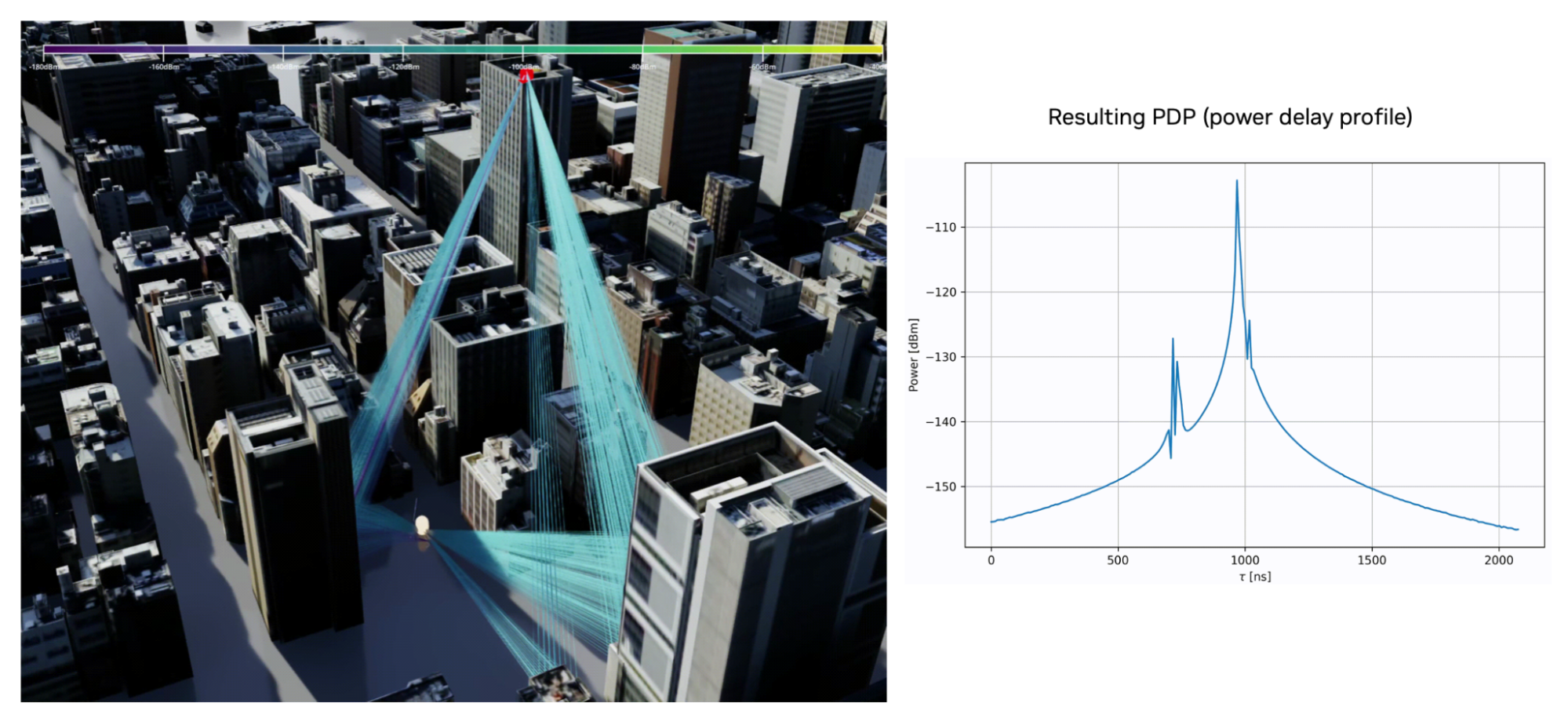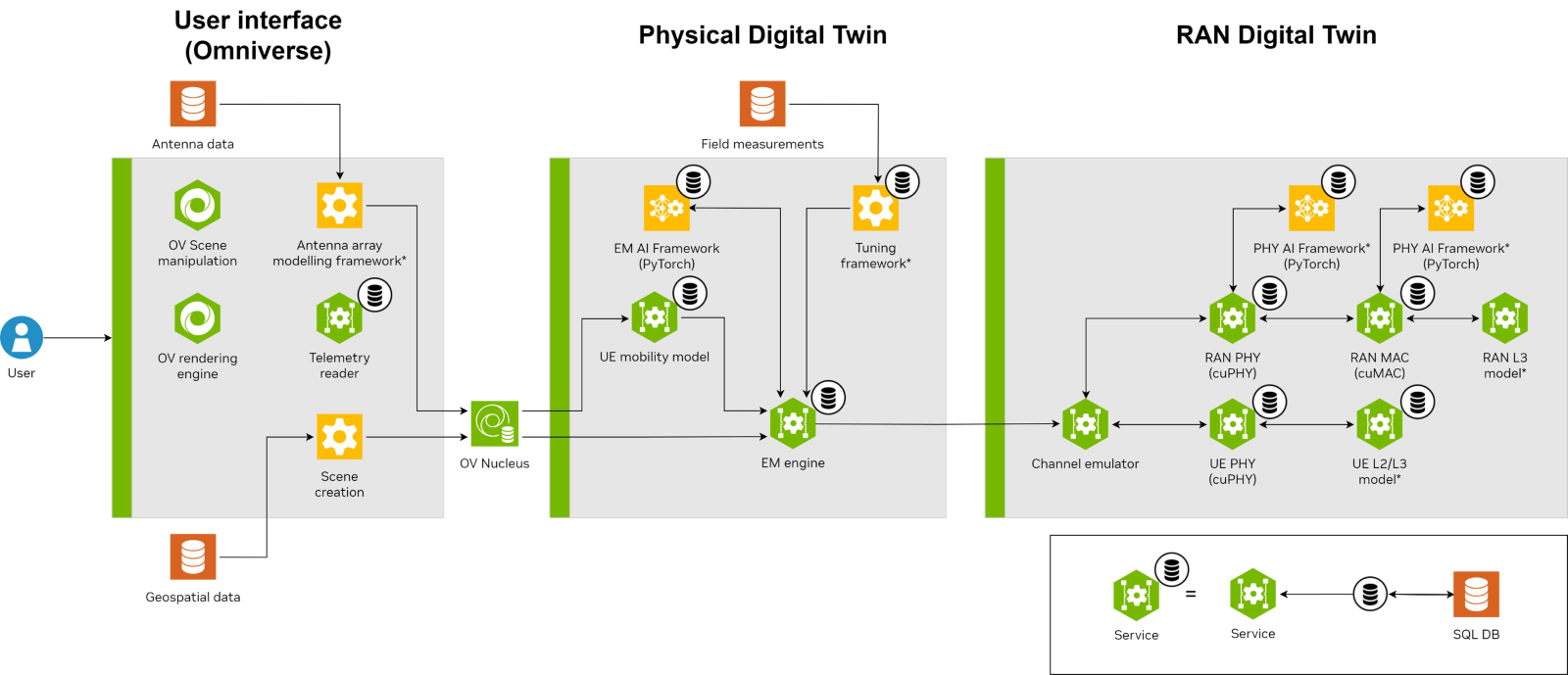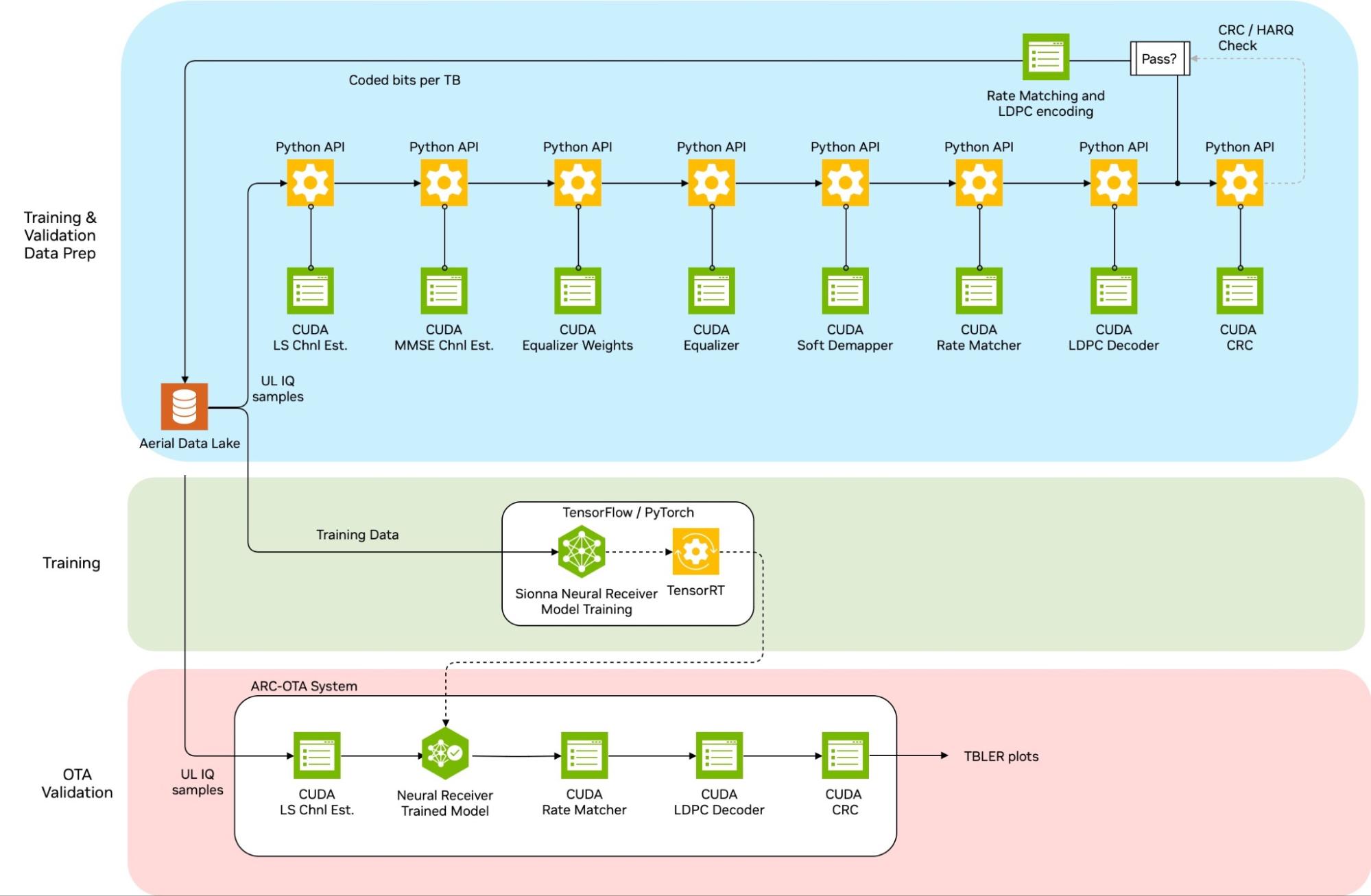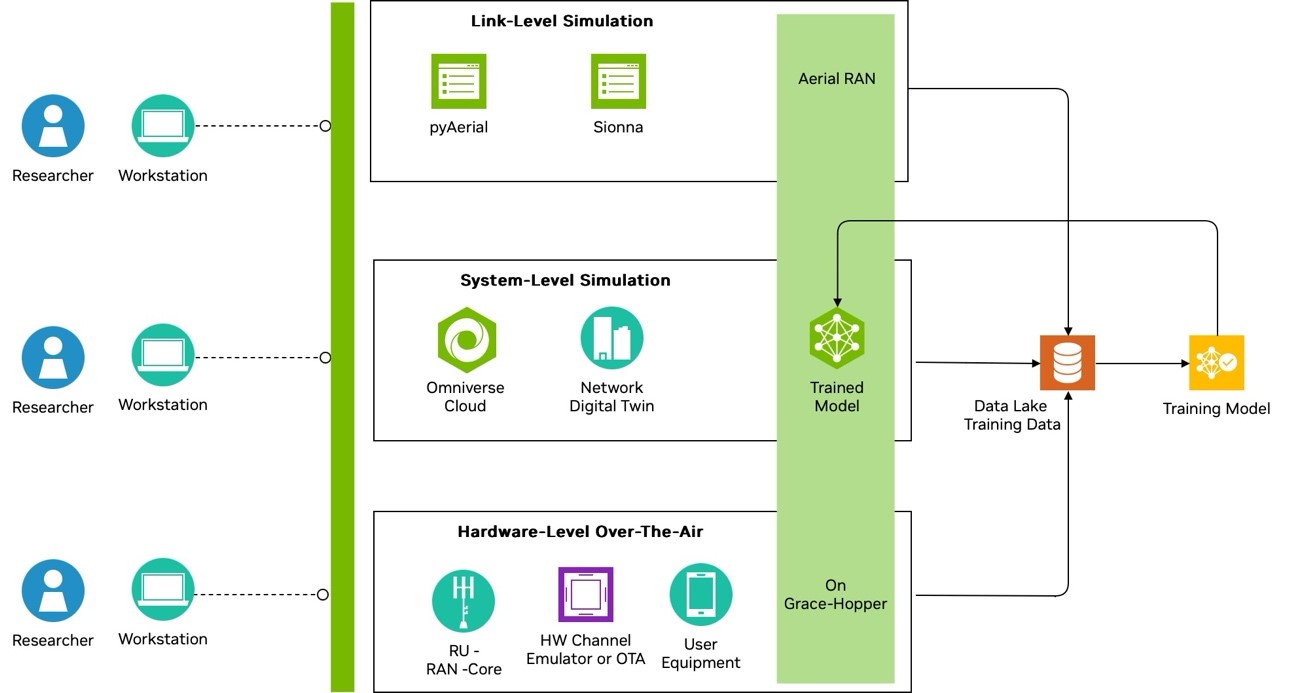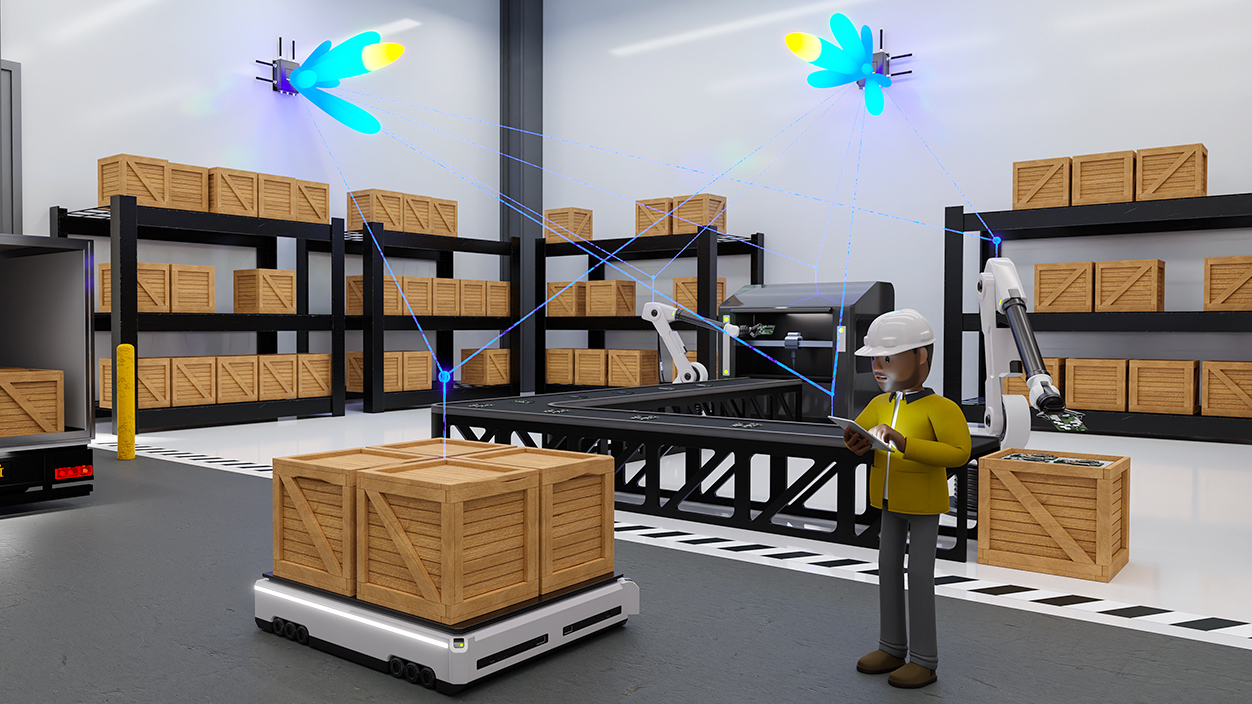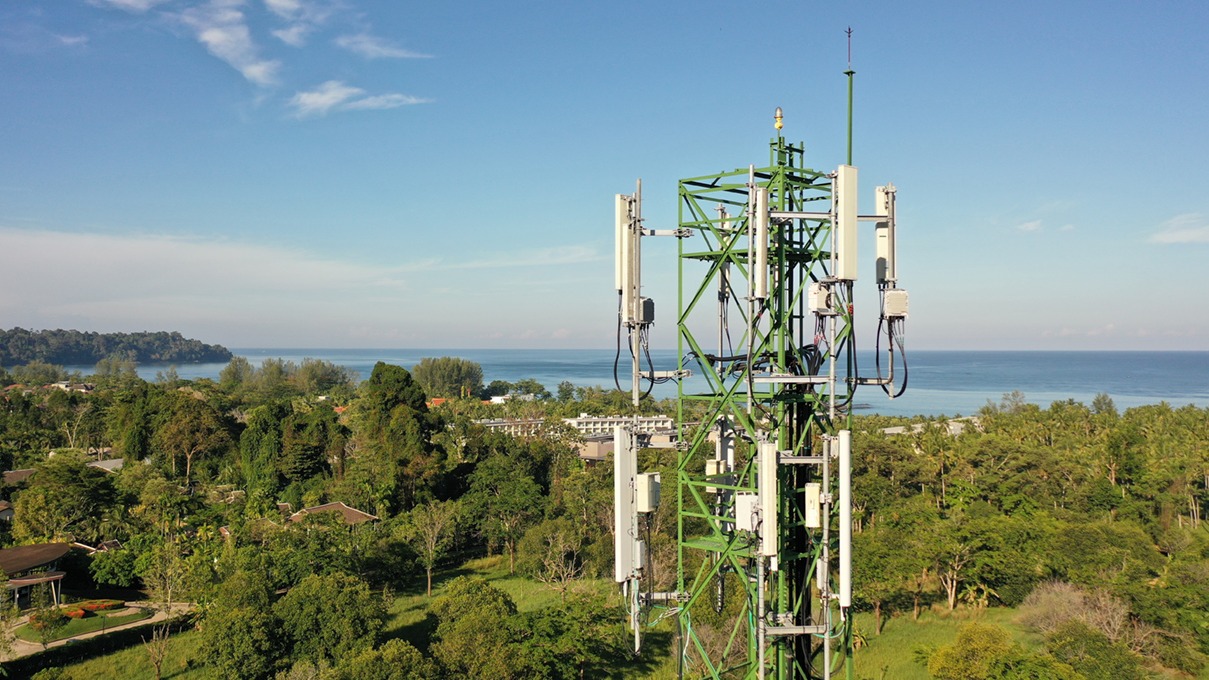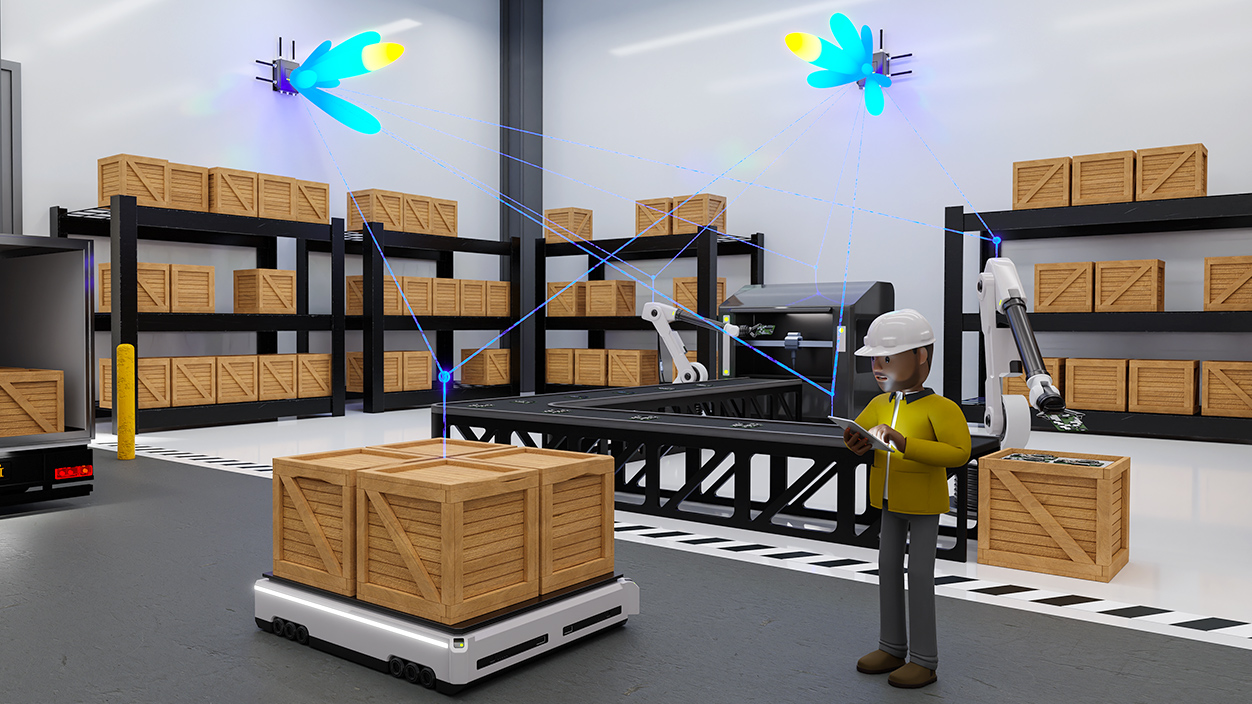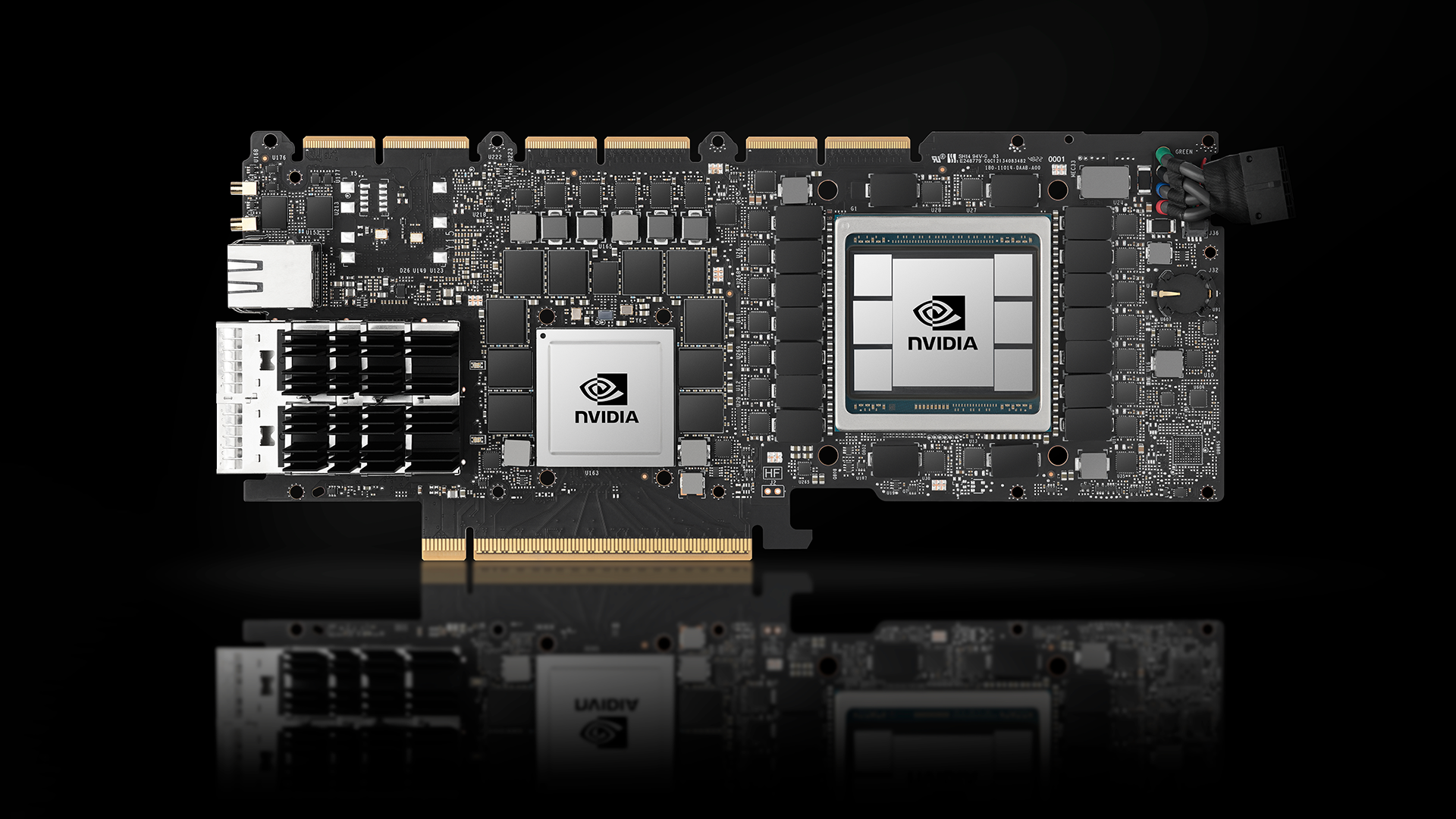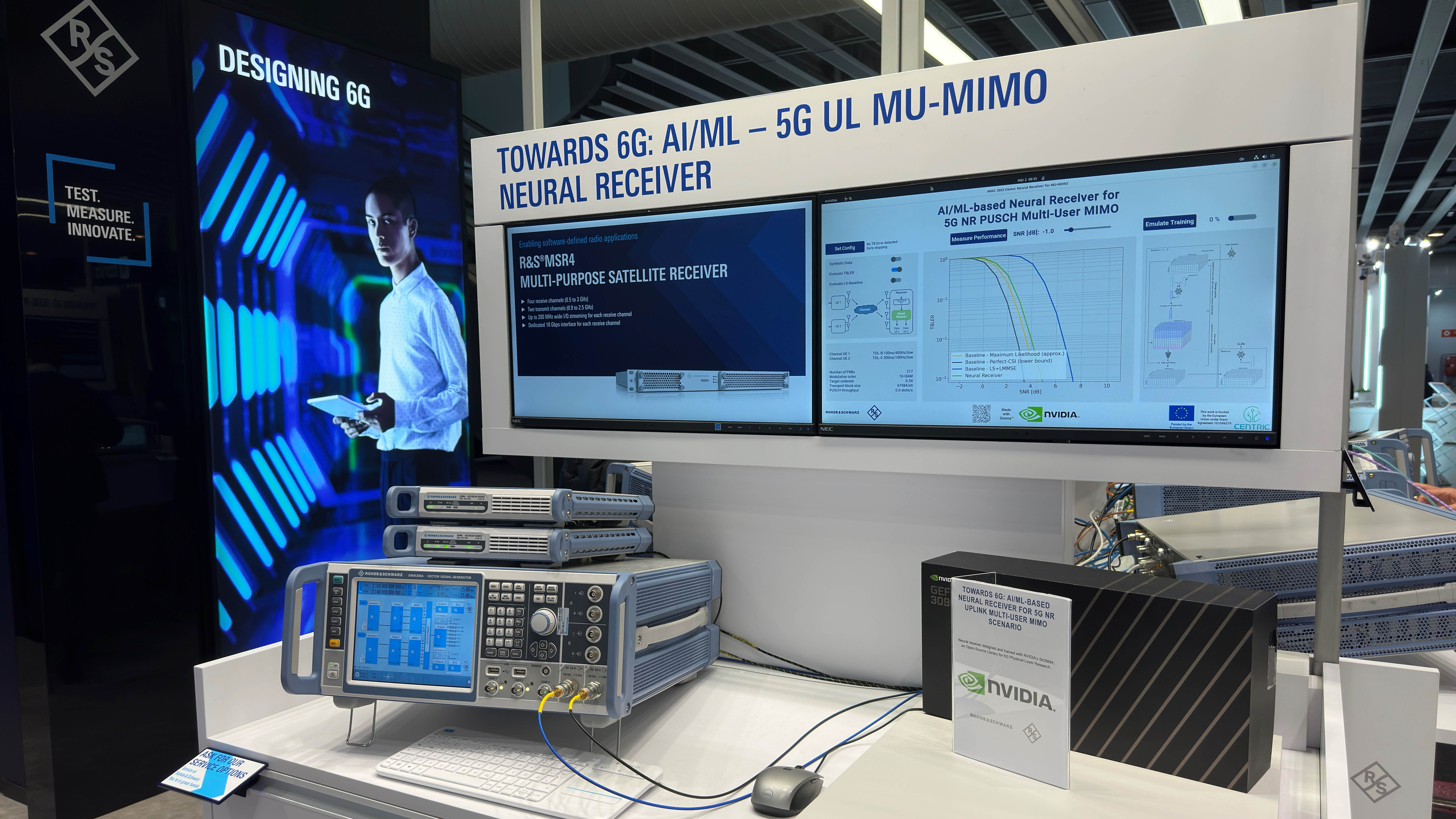6G will make the telco network AI-native for the first time. To develop 6G technologies, the telecom industry needs a whole new approach to research.
The world of wireless communication is on the verge of a major transformation with the advent of 6G technology. 6G, the upcoming sixth-generation wireless network, is expected to provide extremely high-performance interconnections, even under strenuous scenarios such as diverse mobility, extreme density, and dynamic environments.
The key driving applications for 6G include the delivery of global-scale generative AI applications, smart cities, smart factories, unmanned aerial vehicles, immersive communication services, and multi-dimensional sensing services.
To accelerate the development of 6G technology, NVIDIA is launching the NVIDIA 6G Developer Program. This program aims to democratize access to AI/ML tools, radio frequency simulation environments, accelerated compute infrastructure, and a full set of software-defined end-to-end network functions. The goal is to enable 6G wireless researchers to conduct cutting-edge research at a new level to gain early mindshare on key areas in 6G.
The NVIDIA 6G Developer Program includes a system-level simulation platform called NVIDIA Aerial Omniverse Digital Twin, a fully software-defined radio access network (RAN) platform, and an AI/ML framework that integrates with the software-defined RAN platform.
Telcos are working on transforming their business with 6G
The global telecommunications industry has had decades of flat revenue business models while increasing the level of investment required to keep upgrading their networks. Now, the industry is undergoing a rapid transformation, driven by technological innovations, changing customer preferences, regulatory pressures, and competitive dynamics.
The network operators, who provide voice, data, and video services to consumers and businesses, face several challenges in this dynamic environment. Some of these challenges include:
- Declining revenues from traditional services
- Increasing capital expenditures for network upgrades
- Shifting customer expectations and demands
- Regulatory uncertainties and compliance costs
Telcos are responding to this reality by embracing AI to transform.
This transformation to the AI-powered telco began with 5G in an exploratory fashion, but it will become the dominant theme in 6G. The services and the network architecture that they envision for 6G, especially AN, are going to be dramatically different with AI-native smarts in every layer. It will be running on a cloud computing continuum that can run everything from network functions such as CU and DU, as well as new revenue-generating and cost-saving functions such as generative AI training and inference engines.
With this strategy, years of locked-up investments in single-use custom hardware will no longer be the accepted reality for telecom operators. Instead of RAN hardware running only the RAN workload as a cost center, the multi-tenant connected-compute infrastructure will run generative AI workloads to save cost as well as generate additional revenue (Figure 2).
Unlocking the power of AI and generative AI with 6G use cases
With 6G, the telecom operators are planning to deploy a suite of new revenue generating services that not only stretch the radio link performances to their limits but also necessitates the use of AI everywhere. Table 1 lists some of these key use cases.
| Use Case | Sub Categories | Data Rate | Latency | Coverage |
| Immersive XR | AR, VR, MR, Holographic Communications | Medium to Very High (10s Gbps) | Variable | Wide to Local |
| Tactile Internet | Teleportation, Tele-education, E-health | Low to Medium (< 1Gbps) | Low | Wide |
| Massive intelligent IoT | Real-Time Digital Twins, In-Robost Sub-Networks, Smart Factories, Smart Cities | Low to Very High (10s Gbps) | Relaxed to Ultra Low | Wide to Local |
| High-fidelity mobile communications | Immersive Collaboration, Metaverse of Social Networks | High (1Gbps+) | Low to Ultra Low | Local |
Immersive extended reality
Extended reality (XR) refers to the spectrum of technologies that combine physical and virtual worlds, such as augmented reality, virtual reality, mixed reality, and holographic displays.
XR will provide immersive and interactive experiences that enhance the perception, cognition, and communication of users. 6G will enable XR by providing ultra-high bandwidth, ultra-low latency, ultra-high reliability, and ultra-wide coverage.
AI and generative AI will be essential for XR, as it enables the generation, processing, and rendering of realistic and dynamic content, as well as the adaptation, personalization, and optimization of the user experience.
Tactile Internet
Tactile Internet refers to the transmission of touch and force feedback over the network, enabling remote physical interaction and manipulation of objects and environments.
Tactile Internet will enable applications such as teleoperation, telemedicine, teleducation, telepresence, and haptic entertainment. 6G will enable tactile Internet by providing ultra-low latency, ultra-high reliability, ultra-high precision, and ultra-high security.
AI will be essential for tactile Internet, as it enables the recognition, prediction, and control of haptic signals, as well as the coordination, synchronization, and optimization of the network resources.
Massive Intelligent Internet of Things
Internet of Things (IoT) refers to the network of physical devices, vehicles, buildings, and other objects that are embedded with sensors, actuators, and connectivity, enabling them to collect, exchange, and act on data.
IoT will enable applications such as smart cities, smart homes, smart industries, smart agriculture, smart health, and mass-scale and real-time digital twins. 6G will enable IoT by providing massive connectivity, massive diversity, massive scalability, and massive intelligence.
AI will be essential for IoT over 6G, as it enables the analysis, interpretation, and learning of the massive and heterogeneous data including sensor data (for example, point clouds from lidar and radar), as well as the decisionmaking, automation, and self-organization of the IoT systems.
High-fidelity mobile communication
High-fidelity mobile communication refers to the transmission of high-quality and high-resolution audio and video over the network, enabling rich and natural communication and collaboration among users.
High-fidelity mobile communication will enable applications such as teleconferencing, teleworking, telelearning, and social networking. 6G will enable high-fidelity mobile communication by providing ultra-high bandwidth, ultra-low latency, ultra-high reliability, and ultra-high mobility.
AI and generative AI are essential for high-fidelity mobile communication, as they enable the compression, enhancement, and restoration of audio and video signals, as well as the adaptation, synchronization, and optimization of the network performance.
Why the NVIDIA 6G Developer Program?
Despite the revolutionary potential of 6G technology, there are significant challenges in researching and developing standards and technology to harness its capabilities and create innovative applications.
The RAN in 6G will be AI-native, with many of the new features based on AI/ML algorithms. However, the following factors hinder the development and deployment of 6G.
- Current gaps in knowledge in the telco and RAN domain in AI/ML
- The lack of a unified RF and AI/ML platform
- The historically closed ecosystem in telecom in data and knowledge sharing
The NVIDIA 6G Developer Program addresses these gaps with three Aerial-based platforms:
- Aerial CUDA Accelerated RAN
- NVIDIA Aerial Omniverse Digital Twin
- Sionna Neural Radio Framework
Aerial CUDA Accelerated RAN
NVIDIA Aerial CUDA Accelerated RAN is a framework for building commercial-grade, software-defined, and cloud-native 6G networks. It includes GPU-accelerated interoperable PHY and MAC layer libraries that can be easily modified and seamlessly extended with AI components.
Aerial RAN is a fully software-defined and programmable RAN software stack, and it implements the entire span of RAN protocol layers in software (C++/CUDA) running on general-purpose compute. Unlike other implementations, where part of the code is implemented in custom hardware cards making it difficult for the researchers to reprogram those parts using C++ or Python, Aerial RAN software is fully programmable using C++/CUDA.
To make it even more enticing for data scientists, NVIDIA provides Python API access to every software processing block in the RAN stack. This enables a whole new group of researchers and data scientists to work on 6G research topics, unlocking the potential for a much greater level of innovation.
NVIDIA Aerial Omniverse Digital Twin
NVIDIA Aerial Omniverse Digital Twin is a system-level simulator for cutting-edge 6G research and development of next-generation wireless systems, applying ray-traced channels to the PHY and MAC layers of NVIDIA Aerial RAN and simulated UEs.
Aerial Omniverse Digital Twin is the unique platform to benchmark system performance and explore machine learning-based wireless communication algorithms under real-world conditions.
Aerial Omniverse Digital Twin provides a replica of a real network with photorealistic 3D geodata for scene creation with appropriate material properties and accurate object geometries. This provides the power to simulate propagation models with deterministic ray tracing channel models rather than stochastic channel models that have been used thus far in the telecom sector.
It also leverages the power of accelerated general-purpose compute that can run the simulation software, render the photorealistic scenes in real time, and run AI/ML training and inference algorithms all on the same cloud-native infrastructure.
Aerial Omniverse Digital Twin is based on NVIDIA Omniverse for UI, scene creation, and real-time photorealistic rendering capabilities. It has
- A built-in electromagnetic solver (EM solver) that performs ray-tracing tasks.
- Mobility model and antenna array frameworks that can be configured or customized by wireless network researchers.
- IRAN components such as PHY and MAC for both RAN simulation and UE simulation.
Most importantly, it provides a framework for data collection for AI/ML model training and insertion of the AI/ML models at various stages in the simulation setup.
Sionna Neural Radio Framework
Sionna Neural Radio Framework is a Python programming framework to the GPU-accelerated PHY, MAC layer, and CUDA libraries. It can interface with most common machine learning libraries as well as the NVIDIA differentiable link-level simulator Sionna.
A data collection platform enables the extraction of training data at any point of the protocol stack and the ability to develop AI/ML models and verify them in a fast development and validation cycle. The data collection framework enables AI/ML model training on industry-standard AI/ML workbenches such as PyTorch and TensorFlow. Figure 5 shows an example workflow.
Accessing the 6G Developer Program
The NVIDIA 6G Developer Program aims to bridge the gap between the promise of 6G technology and the practical implementation of cutting-edge 6G applications, fostering an expanding community of developers who can lead the way in creating transformative solutions for diverse industries.
Access the program by signing up for the NVIDIA 6G Developer Program. Wireless network researchers can work on link-level research or system-level research with the components offered in this program.
These components are cloud-ready, fully software-defined elements and they can be deployed in the cloud without requiring any special hardware setup. If a research team wants to perform hardware level test and validation, there is a hardware setup that can be deployed on-premises.
Summary
The NVIDIA 6G Developer Program democratizes 6G research. It’s an exciting initiative that aims to accelerate the development of 6G technology and its applications. By providing developers and researchers with the tools, resources, and support they need, NVIDIA is helping to shape the future of wireless communication.
Learn more about Aerial and register for the NVIDIA 6G Developer Program.
